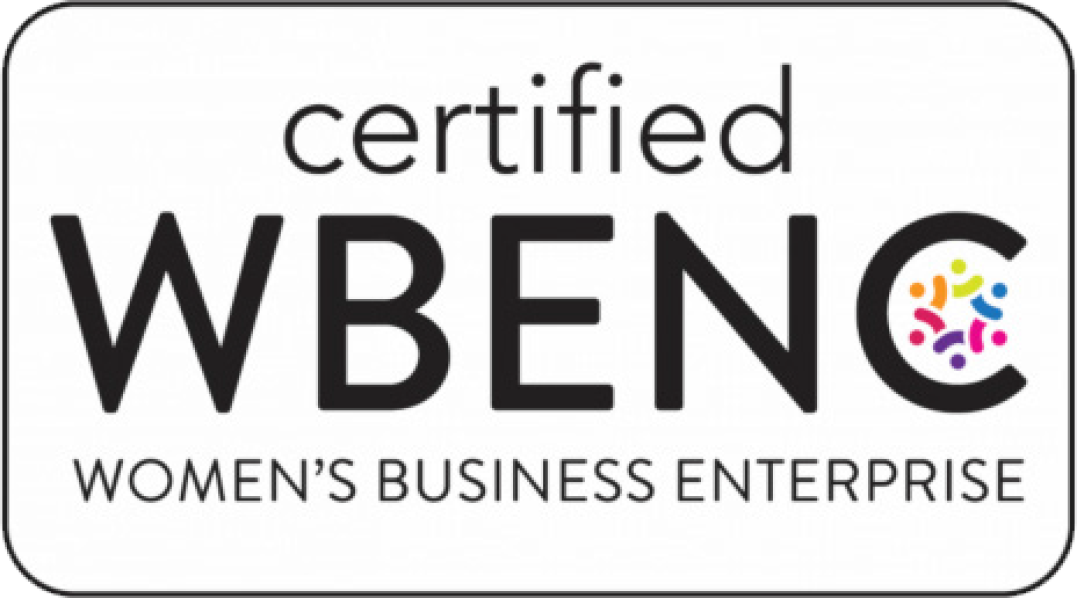Humans are creatures of habit. If you want proof, check out the line at Starbucks on a weekday morning.
It’s filled with people ordering the same beverage they ordered yesterday … and the day before that … and the day before that.
The way we take our coffee is also the way we like our jobs – predictable.
A recent Gartner survey showed employee support of enterprise change dropped to 43% in 2022, from 74% in 2016. That makes sense when you consider just how much change people have had to navigate over the past several years. “Unprecedented times” are the “new normal,” and employees are worn out.
If the next new process, personnel or policy change is painful enough, they might just leave their job to find some stability.
Help me, internal comms. You’re my only hope
The situation may look bleak, but clear, consistent and creative internal communications can be the difference between adoption and attrition.
To provide a framework for those communications, WordsFresh has developed a Change Communications Model.
This is what it looks like:

In a nutshell, it’s a model you can use to communicate and drive organizational change in a way that engages employees and can help improve retention.
The model is divided into four phases, with tailored internal communications playing a key role in each. Here’s the breakdown.
Phase 1: I’m Aware
Employee Mindset: Something new is happening. I wonder how it’s going to impact me. It might be good or bad. Probably bad. At the very least, it will be inconvenient.
Internal Communications: Communications that inspire, interest or even entertain employees give them a reason to root for the change instead of dreading it.
Impact on Retention: When employees feel informed and interested from the get-go, they’re more likely to stay engaged throughout the process. Great communications build trust and reduce uncertainty, which can be a big factor in retaining staff.
Phase 2: I Understand
Employee Mindset: I get it. I see why the change is important. I’ll invest some time to fully grasp what’s happening.
Internal Communications: In this phase, clear and concise messages focus on helping employees understand the ‘why’ behind the change. It’s about connecting the dots between the change and the individual’s role.
Impact on Retention: Understanding fosters a sense of belonging and purpose. Employees who see how their work fits into the bigger picture are more likely to feel valued and stay with the company.
Phase 3: I Act
Employee Mindset: Okay, I’ll engage. I’m shifting some work practices or attitudes. I’m putting the plans into action. I hope this isn’t one of those “flavor-of-the-month” kinds of changes the company is always putting out.
Internal Communications: Now it’s about encouraging action and showcasing success stories. Internal communications highlight examples of how to implement changes and celebrate early adopters.
Impact on Retention: Seeing peers succeed creates a positive ripple effect. It motivates others to join in, fostering a culture of adaptability and recognition. And in a world where culture can make or break the employee experience, that’s a big deal.
Phase 4: I Grow
Employee Mindset: This new way of doing things is my new normal. I feel comfortable now. I’ve learned some things during this transition. I have ideas about how we can make things even better.
Internal Communications: This final phase is about reinforcing the change and encouraging continuous improvement. Communications focus on growth opportunities and solicit feedback.
Impact on Retention: When employees are growing and contributing, they’re more likely to feel fulfilled and develop a deeper commitment to the company — two key factors in retention.
Putting it all together
We’ve found this four-stage process is a recipe for success. But we won’t sugarcoat it — the most effective communications campaigns have a lot of moving pieces. You need a team who’s laser-focused on message strategy, with experience juggling multiple deliverables, deadlines and stakeholders.
If your team needs support, WordsFresh can provide help with strategy, tactical recommendations and executing creative. Send us a message here.
Humans are creatures of habit. If you want proof, check out the line at Starbucks on a weekday morning.
It’s filled with people ordering the same beverage they ordered yesterday … and the day before that … and the day before that.
The way we take our coffee is also the way we like our jobs – predictable.
A recent Gartner survey showed employee support of enterprise change dropped to 43% in 2022, from 74% in 2016. That makes sense when you consider just how much change people have had to navigate over the past several years. “Unprecedented times” are the “new normal,” and employees are worn out.
If the next new process, personnel or policy change is painful enough, they might just leave their job to find some stability.
Help me, internal comms. You’re my only hope
The situation may look bleak, but clear, consistent and creative internal communications can be the difference between adoption and attrition.
To provide a framework for those communications, WordsFresh has developed a Change Communications Model.
This is what it looks like:

In a nutshell, it’s a model you can use to communicate and drive organizational change in a way that engages employees and can help improve retention.
The model is divided into four phases, with tailored internal communications playing a key role in each. Here’s the breakdown.
Phase 1: I’m Aware
Employee Mindset: Something new is happening. I wonder how it’s going to impact me. It might be good or bad. Probably bad. At the very least, it will be inconvenient.
Internal Communications: Communications that inspire, interest or even entertain employees give them a reason to root for the change instead of dreading it.
Impact on Retention: When employees feel informed and interested from the get-go, they’re more likely to stay engaged throughout the process. Great communications build trust and reduce uncertainty, which can be a big factor in retaining staff.
Phase 2: I Understand
Employee Mindset: I get it. I see why the change is important. I’ll invest some time to fully grasp what’s happening.
Internal Communications: In this phase, clear and concise messages focus on helping employees understand the ‘why’ behind the change. It’s about connecting the dots between the change and the individual’s role.
Impact on Retention: Understanding fosters a sense of belonging and purpose. Employees who see how their work fits into the bigger picture are more likely to feel valued and stay with the company.
Phase 3: I Act
Employee Mindset: Okay, I’ll engage. I’m shifting some work practices or attitudes. I’m putting the plans into action. I hope this isn’t one of those “flavor-of-the-month” kinds of changes the company is always putting out.
Internal Communications: Now it’s about encouraging action and showcasing success stories. Internal communications highlight examples of how to implement changes and celebrate early adopters.
Impact on Retention: Seeing peers succeed creates a positive ripple effect. It motivates others to join in, fostering a culture of adaptability and recognition. And in a world where culture can make or break the employee experience, that’s a big deal.
Phase 4: I Grow
Employee Mindset: This new way of doing things is my new normal. I feel comfortable now. I’ve learned some things during this transition. I have ideas about how we can make things even better.
Internal Communications: This final phase is about reinforcing the change and encouraging continuous improvement. Communications focus on growth opportunities and solicit feedback.
Impact on Retention: When employees are growing and contributing, they’re more likely to feel fulfilled and develop a deeper commitment to the company — two key factors in retention.
Putting it all together
We’ve found this four-stage process is a recipe for success. But we won’t sugarcoat it — the most effective communications campaigns have a lot of moving pieces. You need a team who’s laser-focused on message strategy, with experience juggling multiple deliverables, deadlines and stakeholders.
If your team needs support, WordsFresh can provide help with strategy, tactical recommendations and executing creative. Send us a message here.
 SUBSCRIBE TO
SUBSCRIBE TO
Three fresh ideas (and a meme)
Love what you just read? There’s more! Sign up for our monthly newsletter for even more thought-provoking ideas (and reasons to LOL).


